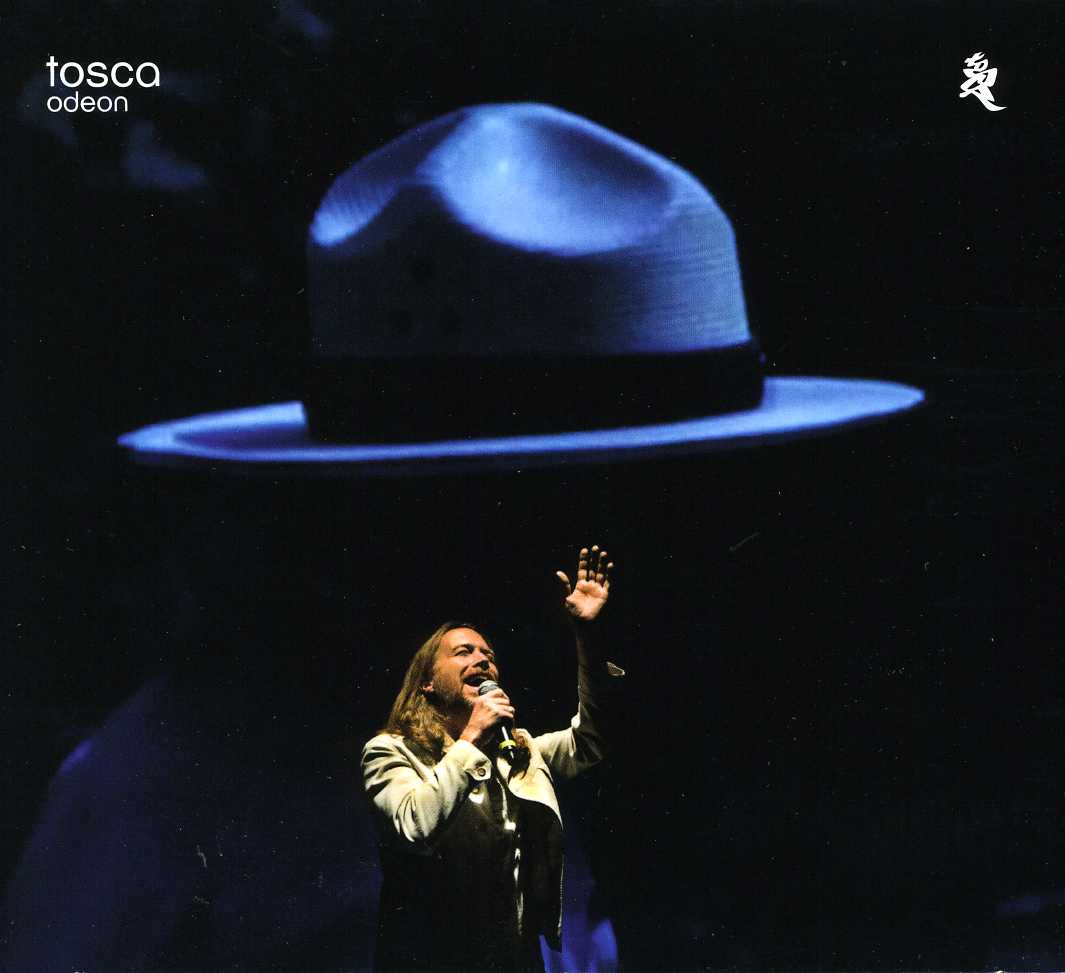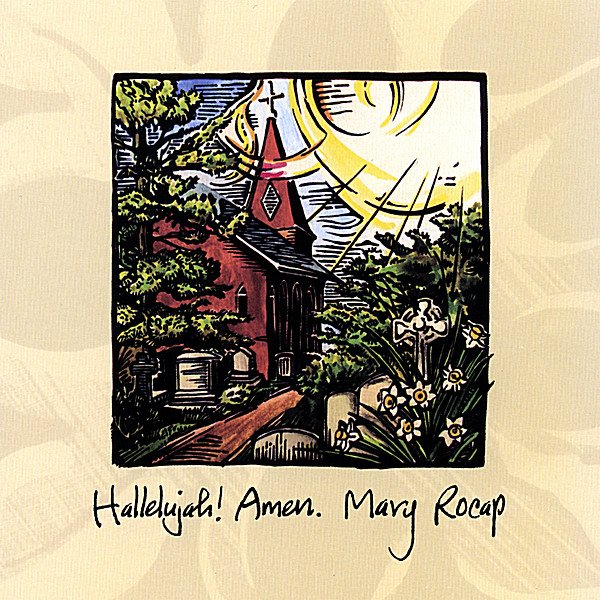
description
in-depth discussion of crime in Ireland from 1870 to 1920. It looks afresh at the topic of crime in the 1870-1920 period, examining agrarian offences as one part of a more general study of lawbreaking by 'ordinary' Irish people and those whom the police categorised as Ireland's 'criminal classes'. While agrarian crime was an important and distinctive phenomenon, it is important to bear in mind that it was merely one aspect of Ireland's crime story in this period. Most crimes committed in Ireland were non-agrarian in nature, and in the countryside most offences were relatively minor in character: most of the country's serious or indictable crimes were committed in Ireland's towns and cities, with Dublin featuring especially highly in the annual crime statistics. Many crimes in urban areas were carried out by child or juvenile offenders, who sometimes formed themselves into gangs for their own protection. An examination of the crimes committed by the country's 'criminal classes' - prostitutes, drunkards, thieves and vagrants - and other offenders shows how unremarkable most Irish crime was by international standards.
member goods
No member items were found under this heading.
Return Policy
All sales are final
Shipping
No special shipping considerations available.
Shipping fees determined at checkout.







